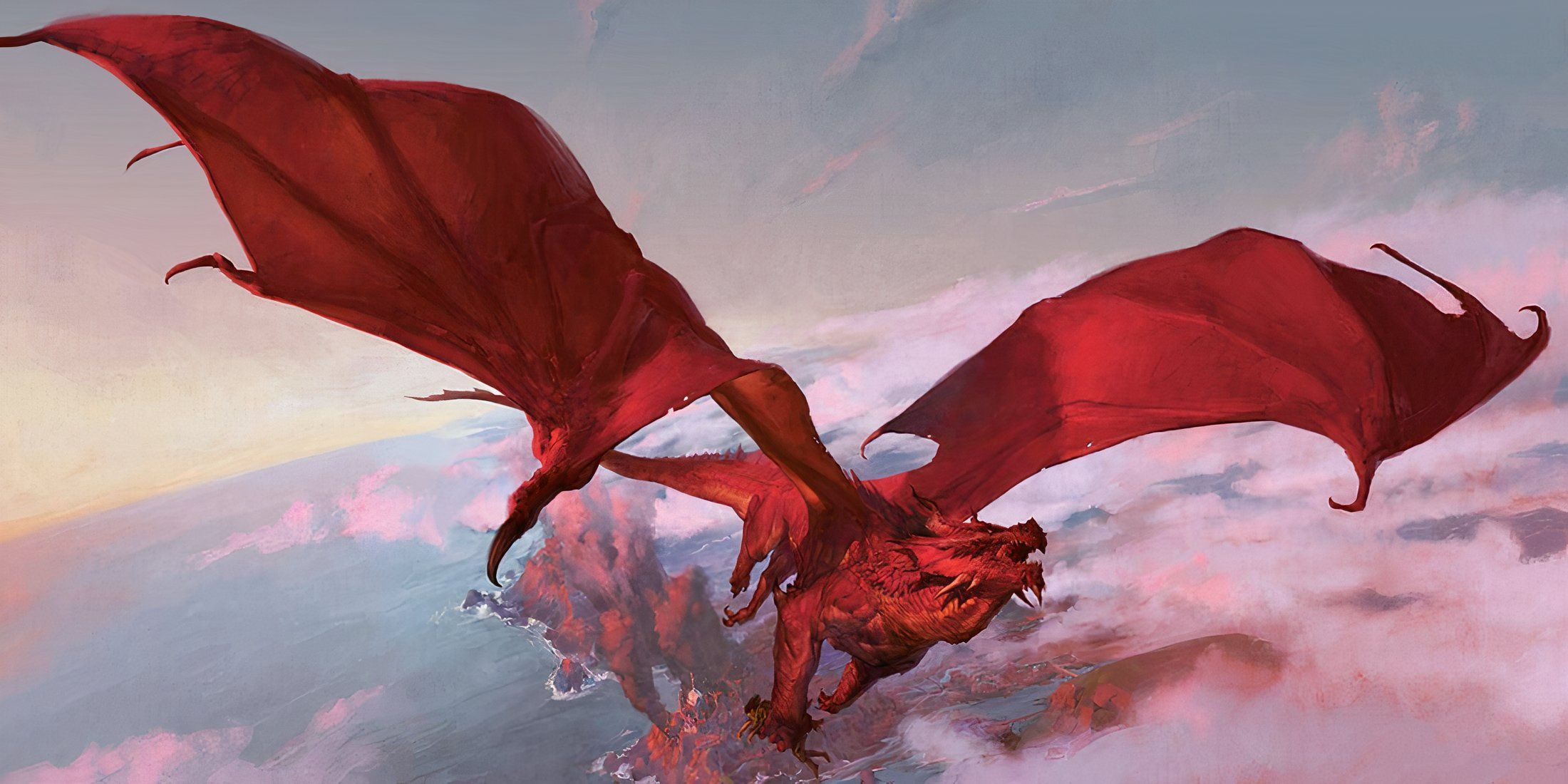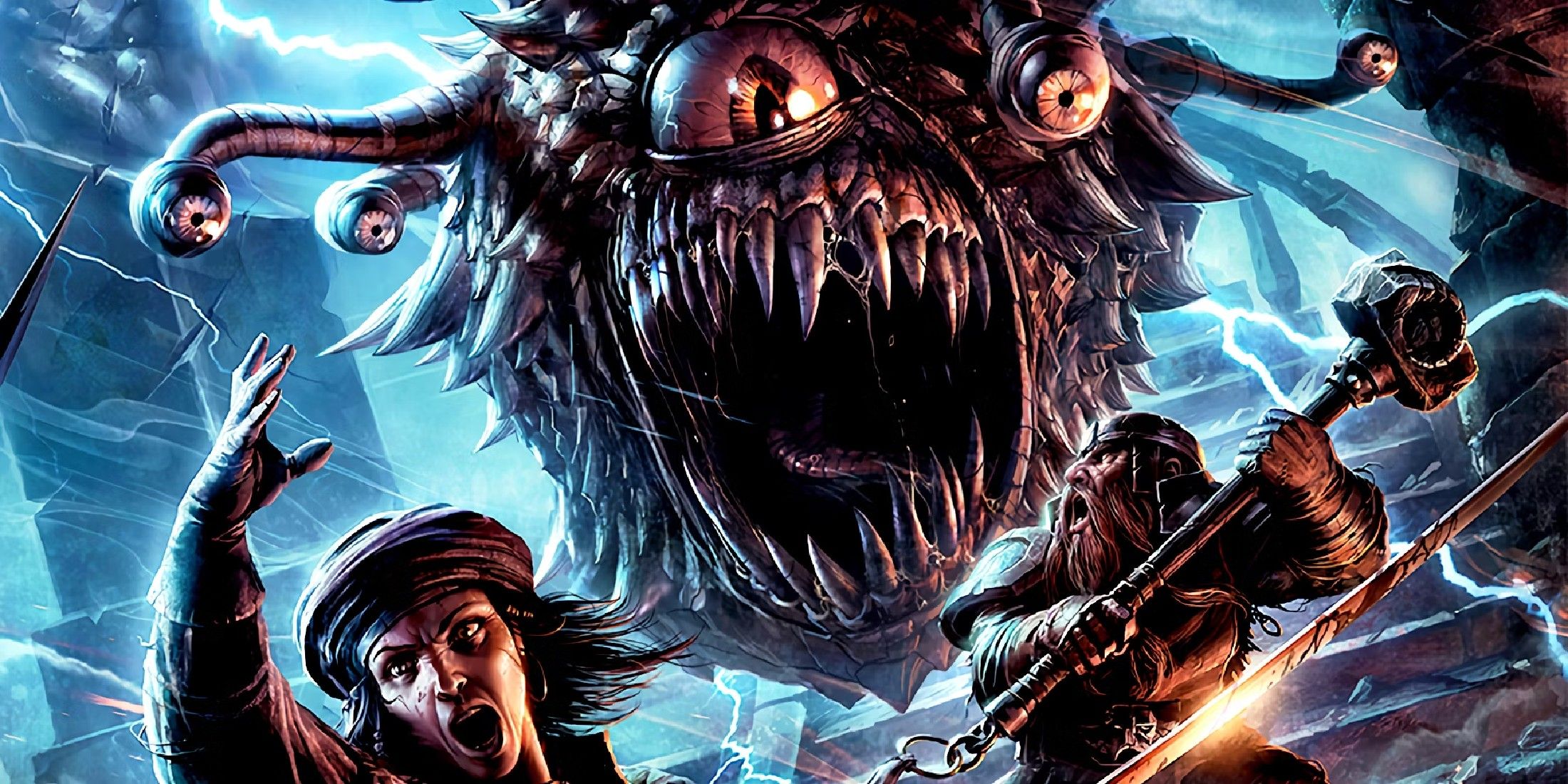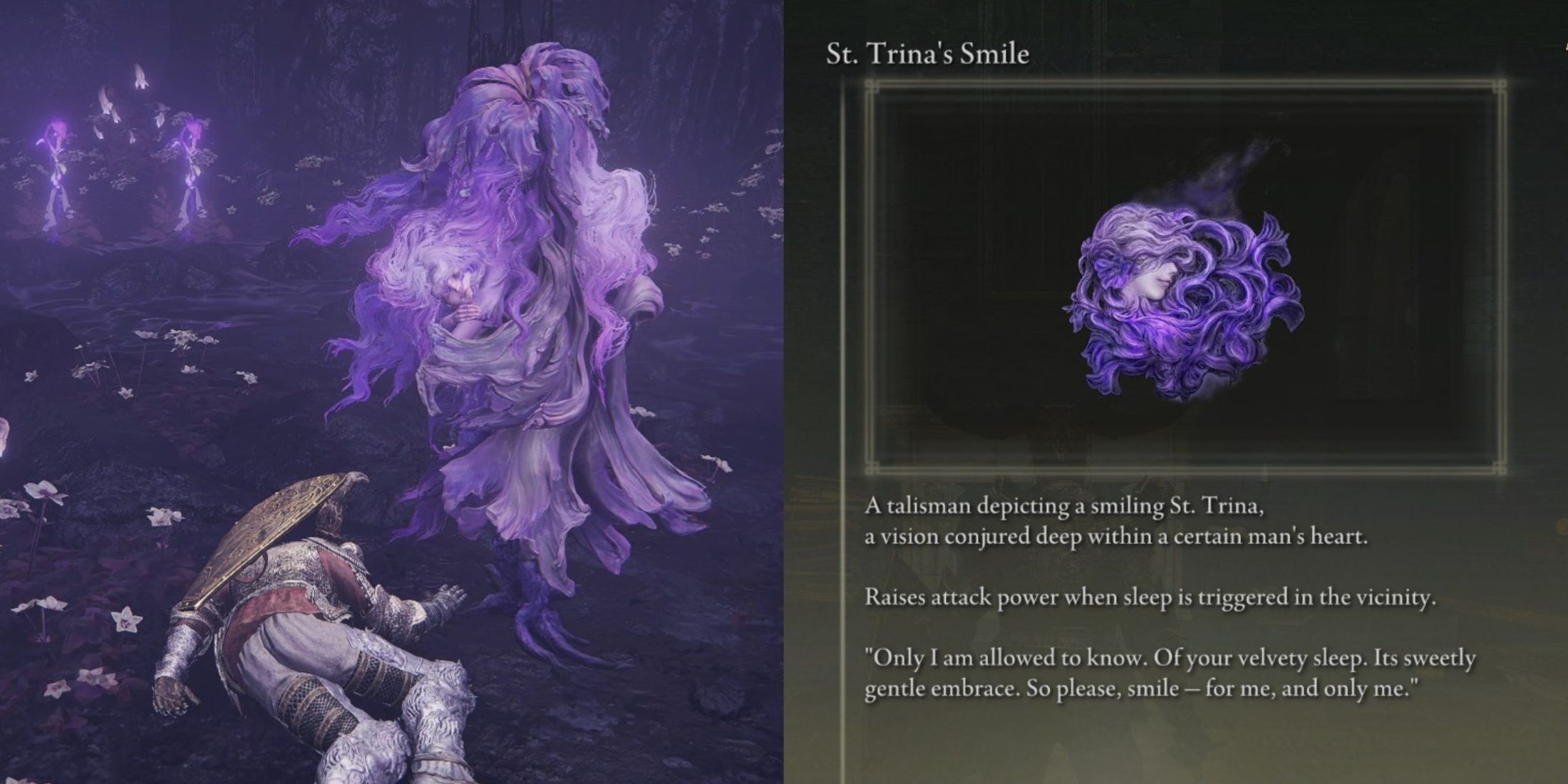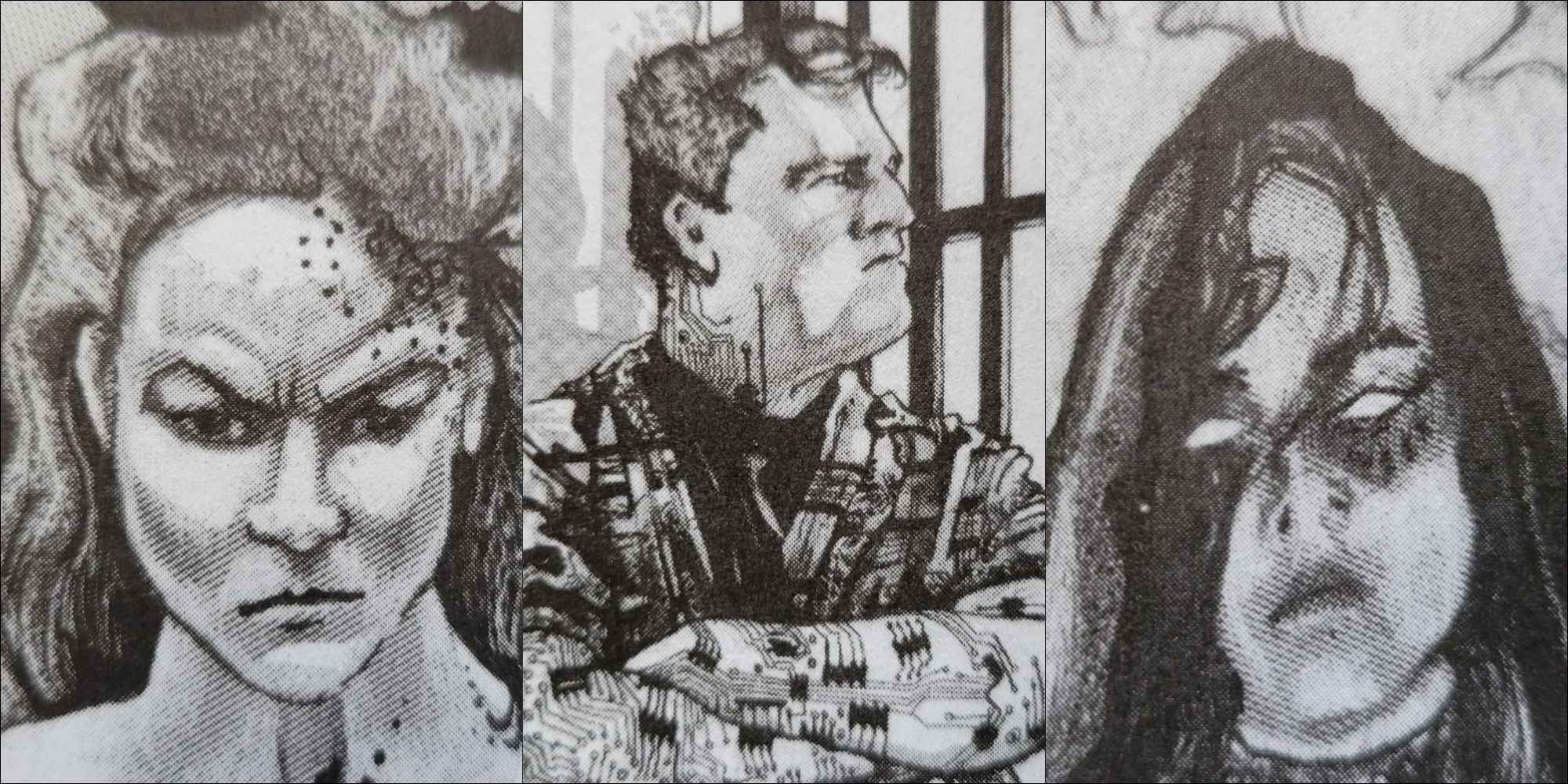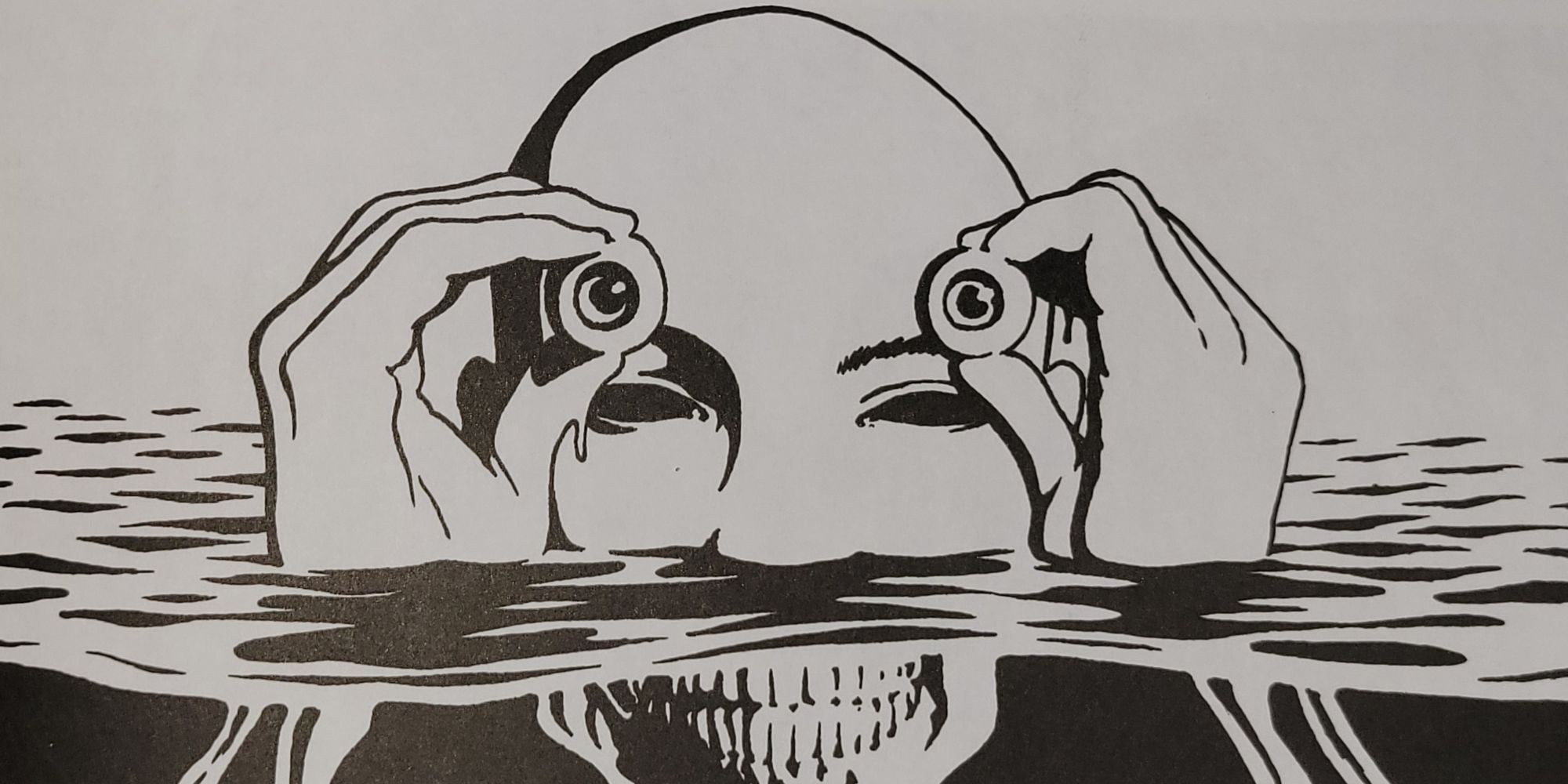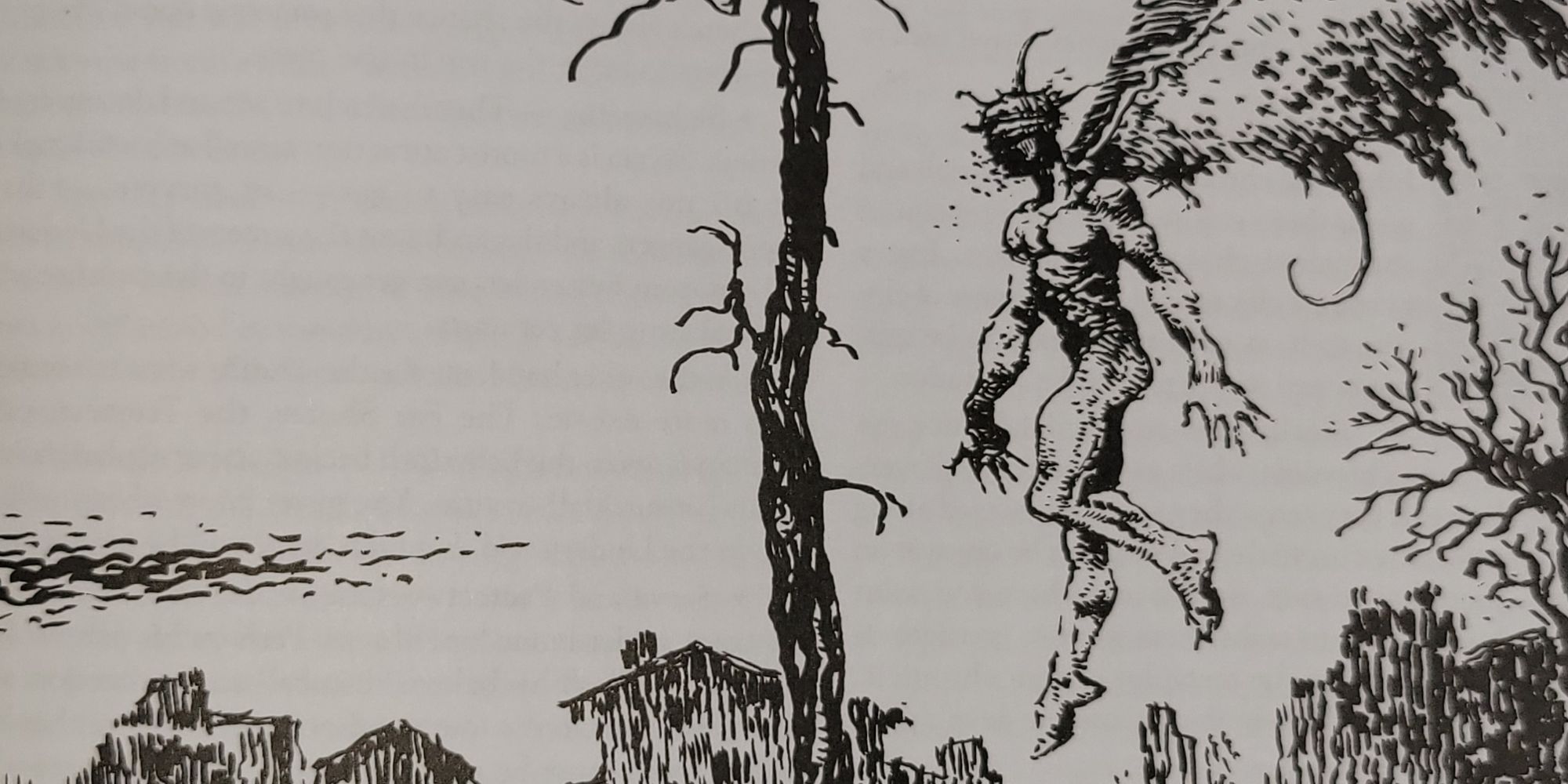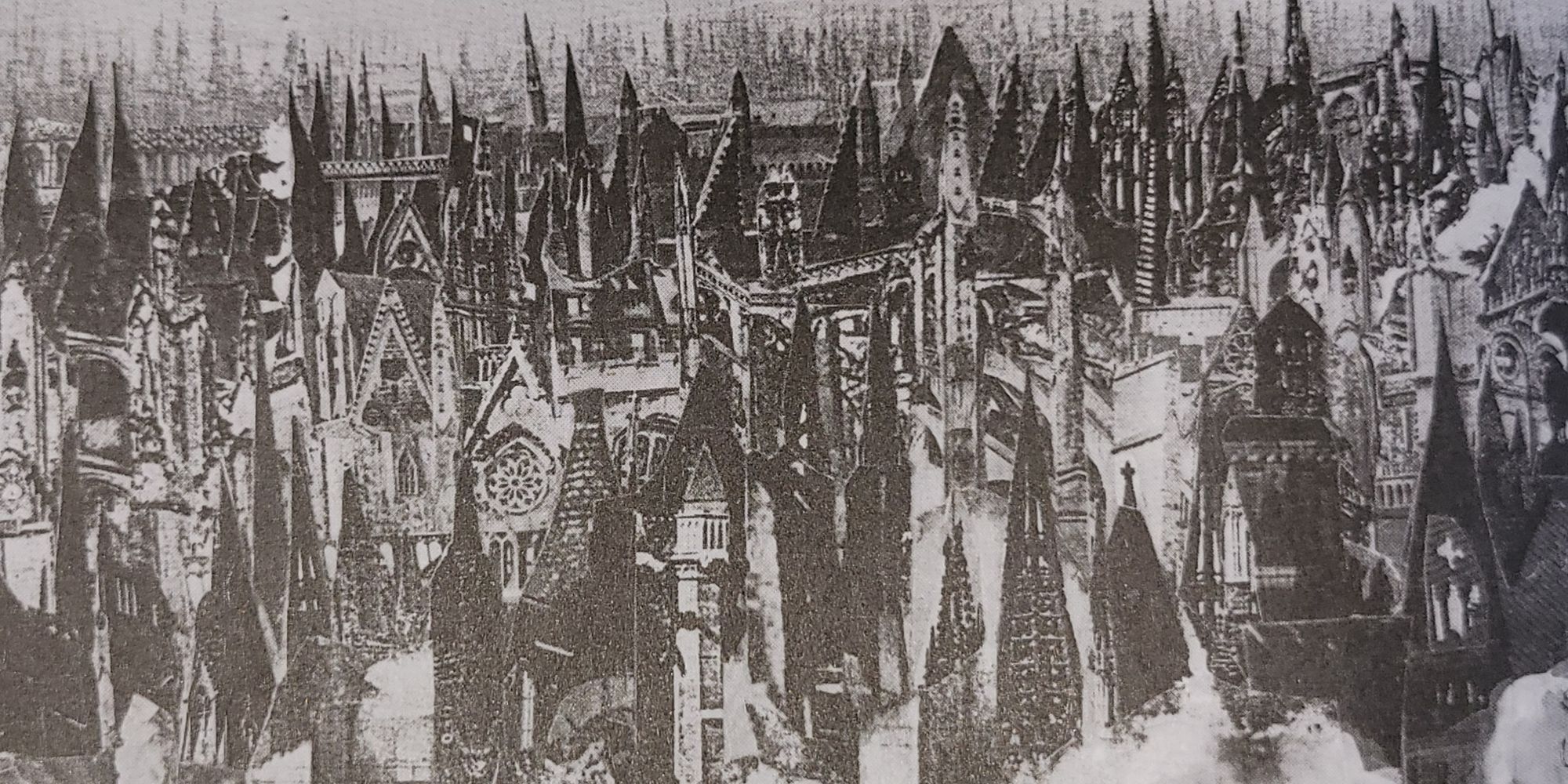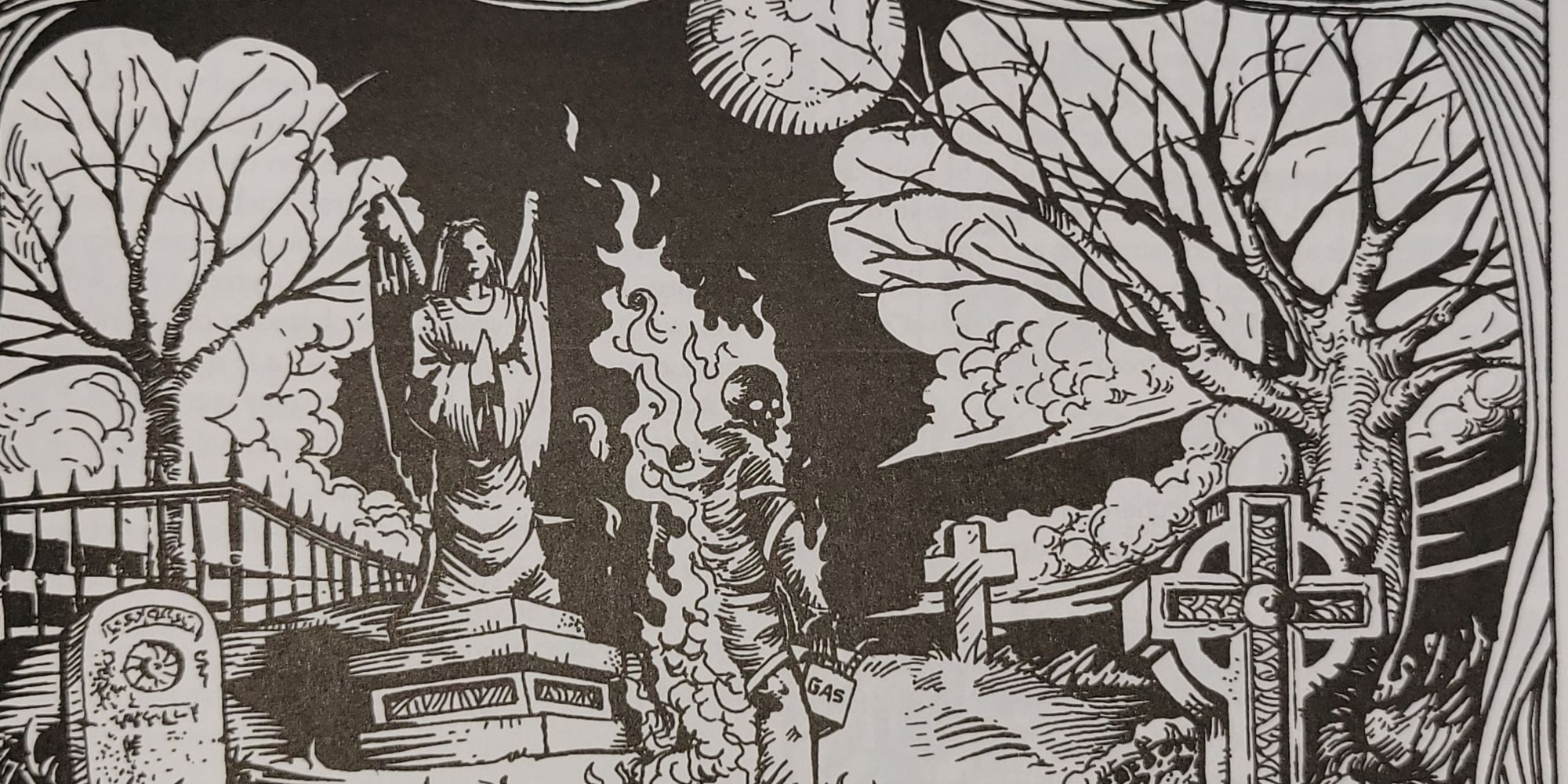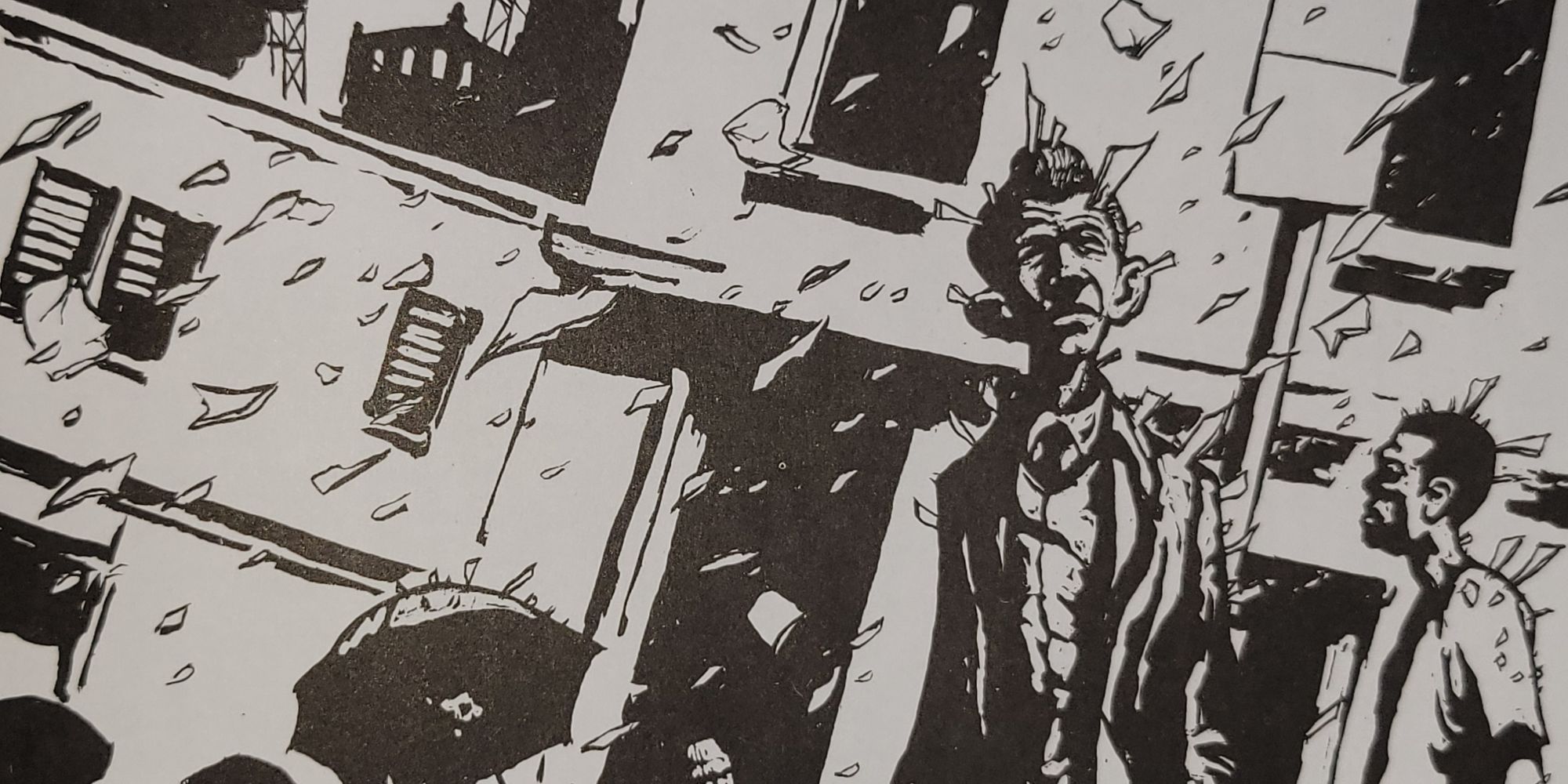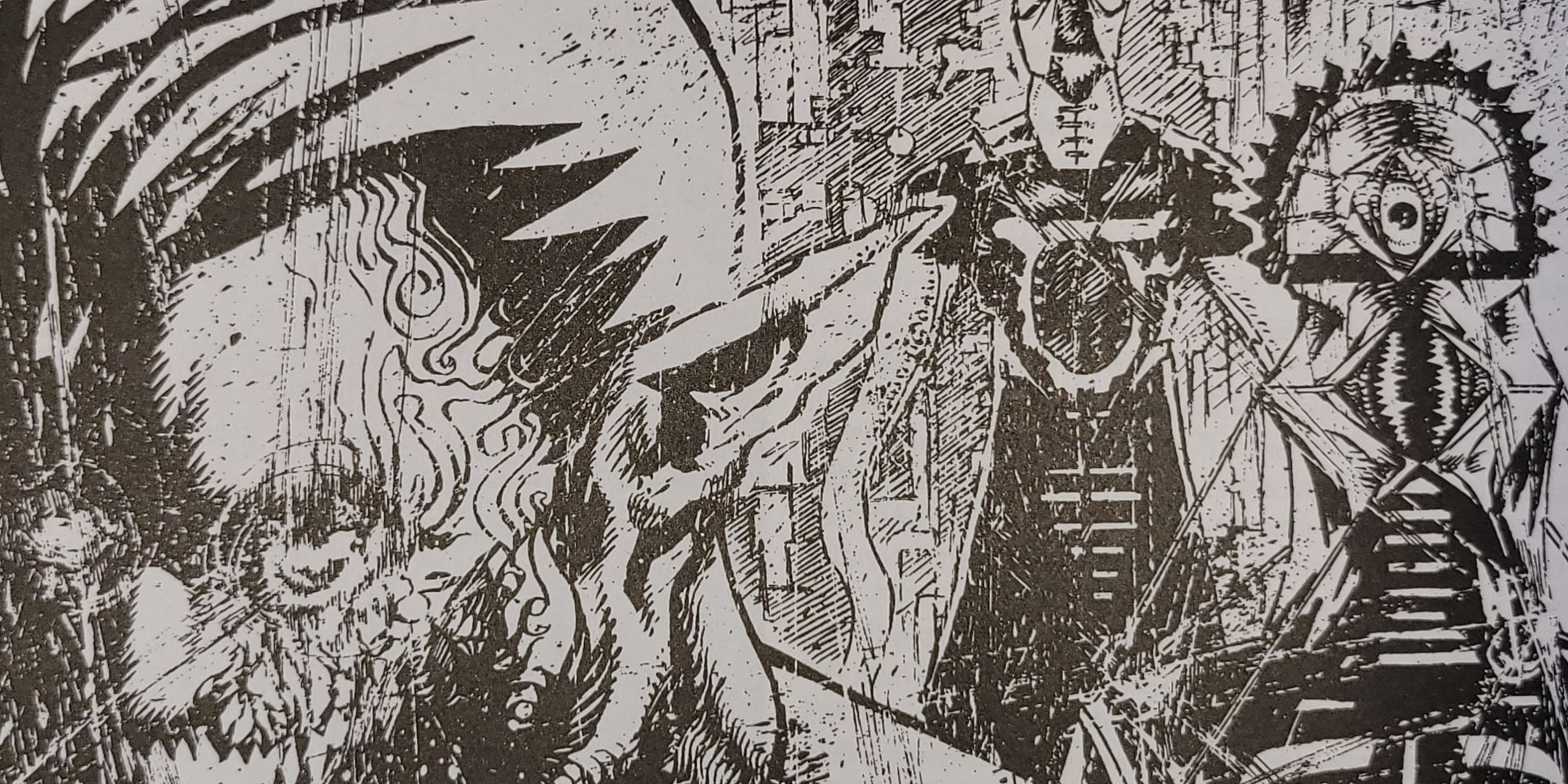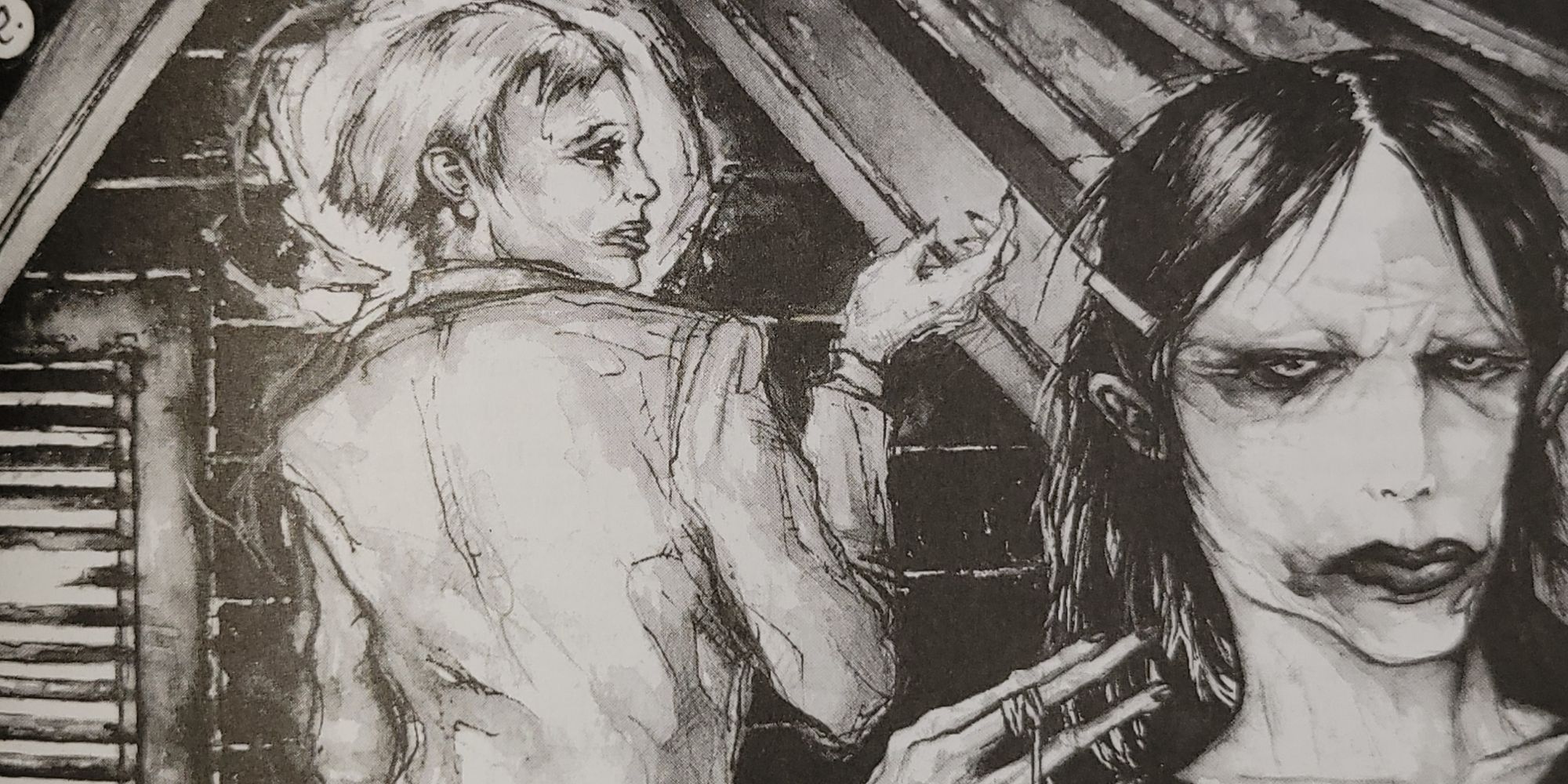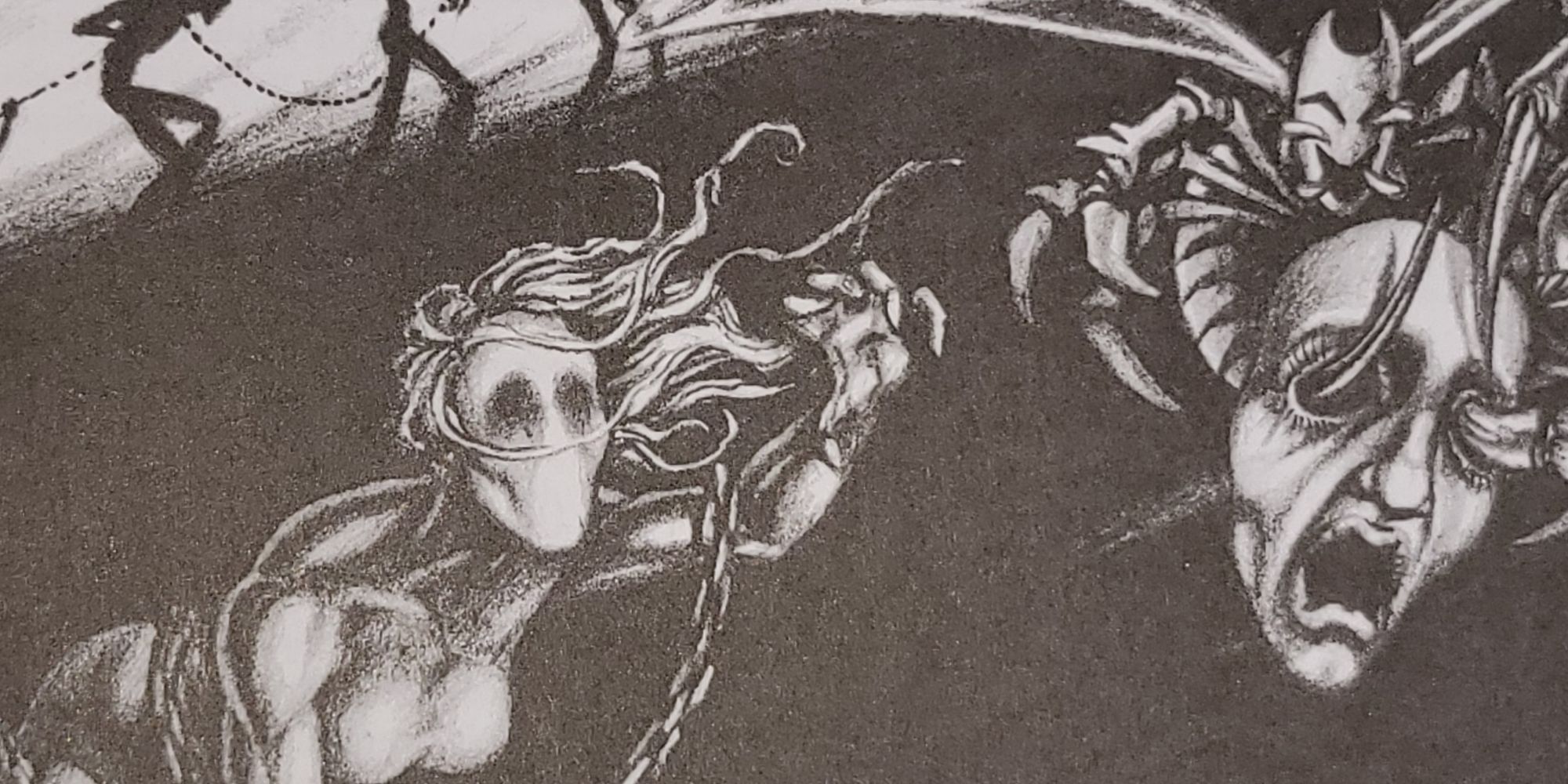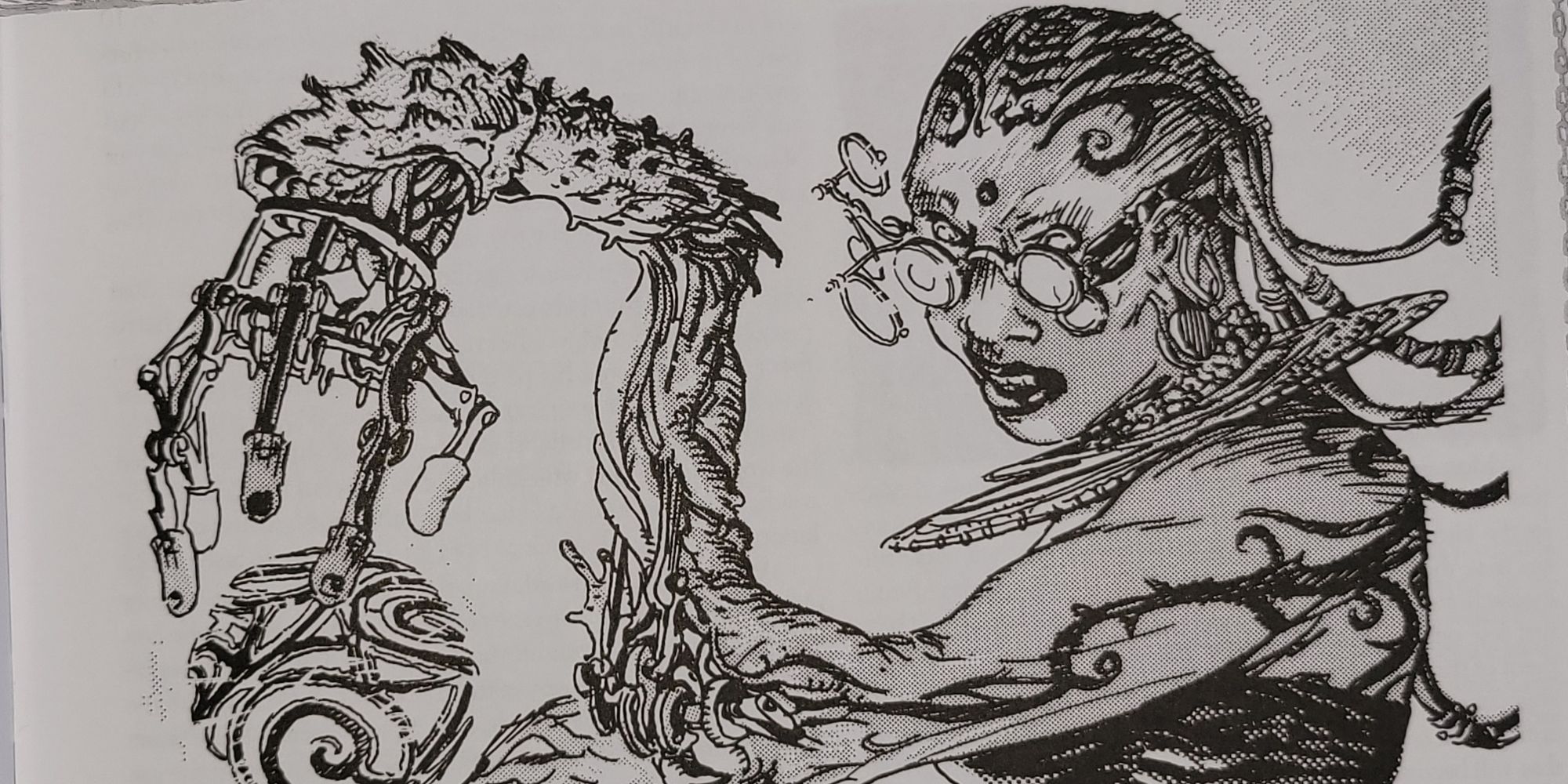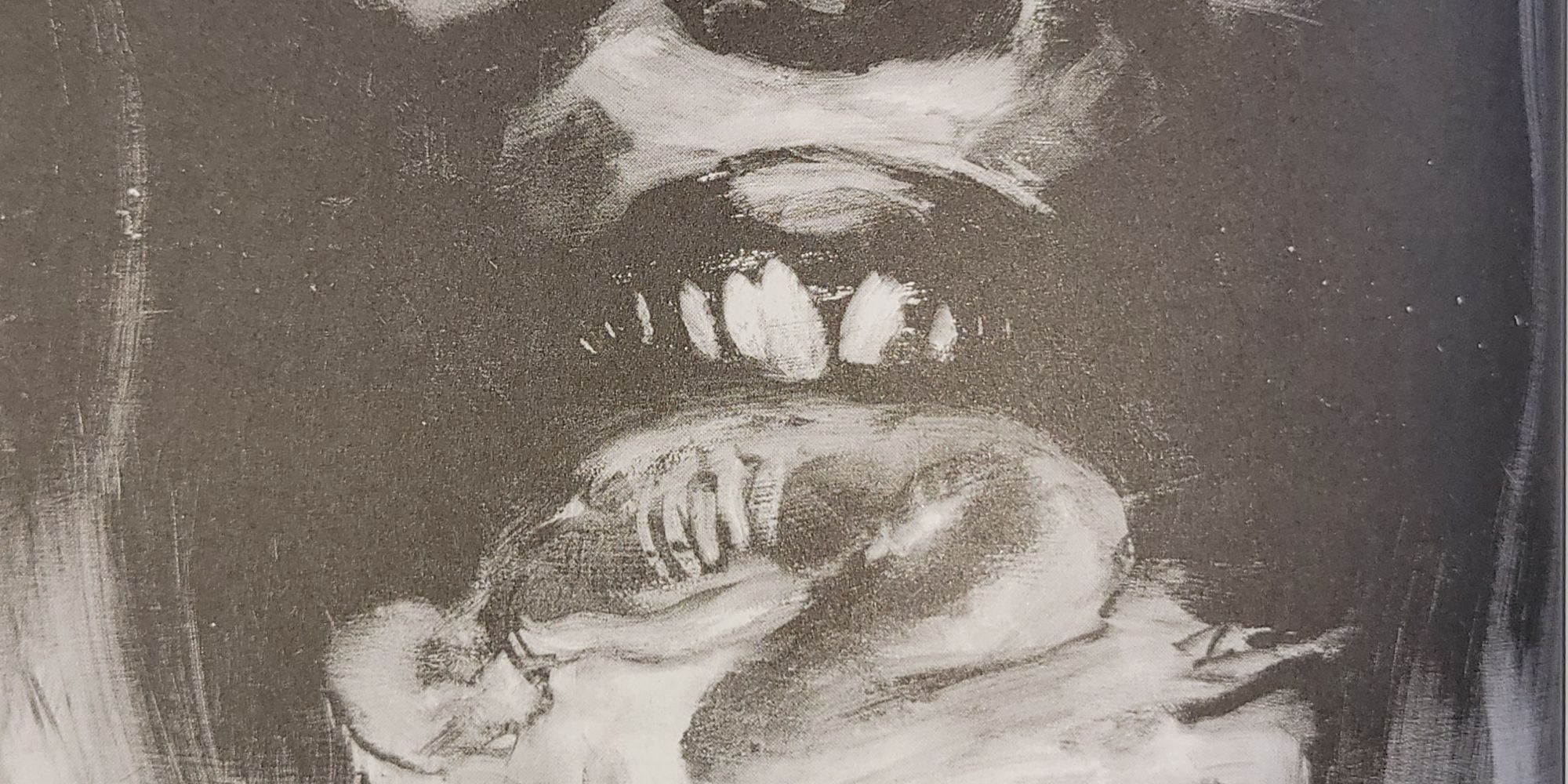Those wading into the spectral waters of White Wolf's Wraith: The Oblivion for the first time can easily find themselves adrift. This corner of the World of Darkness setting is pitch-black, demanding trigger warnings for its tragic themes of violence and death. Roleplaying and theorycrafting both require special consideration in a setting where players start the game dead and things only get worse from there.
With a little help, however, players can carry a candle into Wraith's depths without the flame being snuffed out, and the reward is one of the richest --to say nothing of the strangest-- and most poignant settings in the fascinating world of tabletop gaming.
10 Proceed With Caution And Respect Everyone's Boundaries
Tortured souls are pressed as coins. Wraiths trudge through a rotting reflection of the world they once knew, watching forlornly as their loved ones go about their lives. Monsters prowl everywhere. Oblivion swallows all. During character creation, players choose their method of death, with illness and violence being only some possibilities. The game is rife with the darkest of themes.
Having the right tabletop tools will ensure gameplay runs smoothly, but only an honest conversation will keep things fun. Before starting the first session, the circle should talk over the subject matter and make sure everyone is comfortable with the horrors to come. If a specific element is too intense for anyone, leave it out.Players are here to play, not traumatize.
9 Forget Theorycrafting At First
Unlike Dungeons and Dragons, Warhammer, and similar RPGs, Wraith: The Oblivion lacks character classes. This freeform design throws the door wide open for theorycrafting, but hugely complicates the question of a potential 'best' build. So early on, forget it. Build a character that's funand fits the story.
When picking Arcanoi, just remember: the circle needs Castigate to fight the Shadows, and Usury to heal Pathos. As long as at least one member has these powers, the circle stands half a chance of staring into the abyss and walking away intact.
8 Fill In The Narrative Blanks
Wraith: The Oblivion's setting is as hauntingly beautiful as the illustrations in its rulebook, but ambiguity abounds. Disagreement between rules and flavor text is common, leaving players and the Storyteller to fill in the blanks. Wraith goes a step further than horror games such as Call of Cthulhu with similarly abstract and horrifying worlds. Here, players may be left guessing a little too often.
How much do the Skinlands and Shadowlands overlap? How do Necropoli really work? What is the day-to-day existence of wraiths abiding by the Dictuum Mortum? Seize creative license,focus on the big picture, and cut the Storyteller a break. They're struggling to find their way, too.
7 Avoid Aggravated Damage
Though combat is more forgiving than in Warhammer: 40k, Call of Cthulhu, and similar RPGs,unnecessary fights are best avoidedearly on. Lost Corpus is easy to heal, assuming players have Pathos, the Usury Arcanos, or the opportunity to Slumber, but aggravated damage such as that caused by Stygian steel or barrow-flame can destroy a wraith in moments. These monsters might not have $600 tabletop miniatures, but they'll trample careless players just the same.
The "kick in the door" mentality favored by some tabletops titles tends to fail here. Besides, Wraith is a game as renowned for its somber ambiance as its fascinating ghosts. Light some candles, draw the shades, and embrace the quiet dread.
6 Don't Worry About Every Complicated Detail Of The Setting
Beginning in 1991 with Vampire: The Masquerade and expanding from there with dozens of sourcebooks and the Chronicles of Darkness reboot in 2004, the World of Darkness setting is as labyrinthine as the schemes of its monsters. Brushing shoulders with vampires, lycanthropes, changelings, hunters, and mages makes for a deep world, but it can be overwhelming given the numerous factions, subfactions, and huge amount of associated lore.
That's not the problem it appears to be. Players only need to know enough to have fun. Everything else the circle can pick up later if they feel like it. Beginners don't need to know the Sabbat's standing in Chicago.
5 Be A Kind Shadowguide
Wraith's unique Shadow mechanic requires each player to inhabit two roles: that of their own character and that of another's Shadow, the supernatural manifestation of their Jungian dark side. In mechanical terms, this feature allows Shadowguides to offer players temporary buffs in exchange for long-term corruption. In narrative terms, however, it lets players drive a thumb into circle members' emotional weak points.
If played carelessly, it's easy to trigger another player or hurt someone's feelings, a common problem in tabletop games.The best Shadowguides are thoughtful, compassionate, and know how to keep the game fun.
4 Join Forces With Monsters
The World of Darkness is full of monsters, but some don't want to eat players. As with Dungeons and Dragons, the right books can add numerous potential allies. Winning the support of a Tremere vampire, Theurge werewolf, or Sphere of Spirit mage is an incredible boon, and even tenuous alliances must be cultivated. Though the politicking of their own kind will likely take them away before long, for a time they can be won over, and doing so means the difference between a sack of oboli and a quick Harrowing.
One must be cautious in seeking allegiances, however, as the difference between Theurges of the waxing and waning moon is the difference between life and a second, more permanent, death.
3 Try To Avoid Harrowings
Being dead doesn't mean a wraith has nothing to lose. Losing too much Corpus or the Fetters and Passions that bind them to their former life will throw the wraith into a Harrowing. These surreal nightmare scenarios force the character into a battle against their Shadow, giving the Storyteller free reign to confront them with emotional trials.
Failing can mean Oblivion and the end of their ghostly existence, as the last Fetters tying them to the Skinlands are torn away. The stronger a wraith's Shadow, the greater the danger of Harrowing. Resist the temptation of Shadow buffs. Wraiths who do will thank themselves when they aren't twisted into a Spectre.
2 Beware Clan Giovanni
The vampires of Clan Giovanni are notorious necromancers. Their intermingled fascination with magic and death leads them to confront wraiths more than any other vampiric clan. Necromancers of the Sepulchre Path can use Summon, Compel, and Bind Soul to dominate wraiths, and Torment to strike at them from the safety of the Skinlands. Ash Path necromancers can even use Ex Nihilo to enter the Shadowlands and take the fight to wraiths in their own home.
When faced with a necromancer, flee or cut them down before they have a chance to work their magic. When combating Giovanni amongst other enemies, the Giovanni dies first. Players who fail will pine for the good old days of fighting Beholders in Dungeons & Dragons.
1 Survive Below The Malfeans
Malfeans are "the immortal god-kings of Spectral society," as the core rulebook describes them, and the phrase "god-king" should be enough warning. Just as no reasonable Warhammer 40,000 player would dream of taking a chainsword or other vicious weapon to the Emperor of the Imperium of Man, no reasonable wraith flirts with the idea of challenging a Malfean. Wise players run.
Even their generals, the Nephwracks, tend to serve as campaign-ending villains, the kind of enemy that smart wraiths only confront with extensive planning, the best equipment, and a prayer on their ghostly lips.

